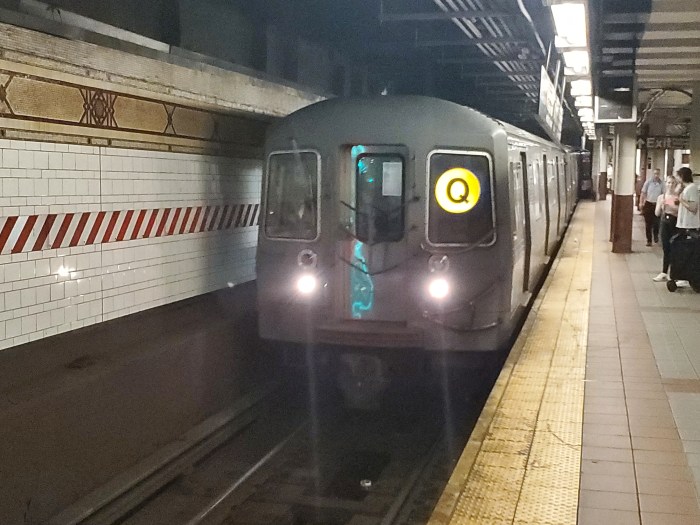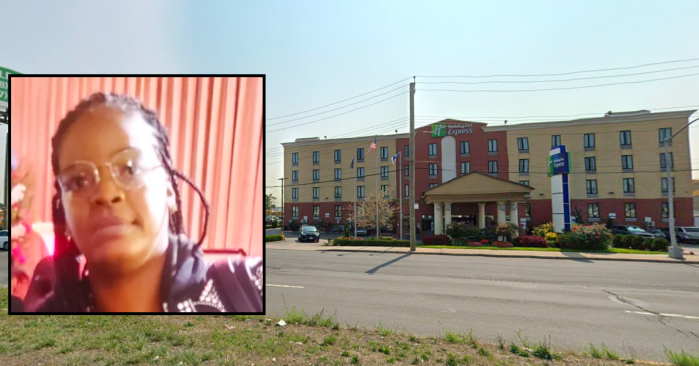
The MetroCard is celebrating 20 years of swiping this week, but it has only several years of life left as the MTA devises the next fare payment system.
The replacement for the iconic subway token was introduced in 1994 at the Whitehall Street and Wall Street stations. The cards, originally blue with gold lettering, were brought to the rest of the subway system in 1997.
But for all the beneficial changes the MetroCard brought to riders — free transfers, 30-day unlimited rides, faster boarding times and the end of two-fare zones — a 20-year anniversary is not necessarily a milestone to celebrate.
“I was hoping we wouldn’t have it this long,” said Andrew Albert, an MTA board member. “I think New Yorkers will be very happy when we can put the MetroCard to bed.”
The MetroCard system is at the end of its useful life and will be too costly to maintain past 2019, the MTA has said. In its place, the agency envisions a new open system that would allow outside companies to develop multiple ways for riders to pay their fare. That could include bank-issued contactless “tap-and-go” smart cards, smartphones or account-based devices.
“Part of this whole effort is to provide customers with more options in terms of how to pay their fare,” MTA spokesman Kevin Ortiz said.
The system would also allow a rider, for example, to transfer from a subway to a commuter rail “seamlessly, with one device, one method of payment,” Ortiz said.
The new technology would also be a money saver for the MTA, which is responsible for vending machine and turnstile maintenance.
“Every dime you save is a dime less the fare has to go up,” said Bill Henderson, executive director of the citizens advisory committee to the MTA.
In 2006, the MTA tested contactless payment system as a possible replacement for the MetroCard. . The idea to phase out the MetroCard gained traction under MTA chief Jay Walder, who had introduced the Oyster Card in London. Walder in 2010 tested a contactless smart card system on parts of the Lexington line, the PATH and seven city buses; he resigned from the MTA a year later.
Meanwhile, transit agencies in Chicago, Philadelphia and Atlanta have moved their payment system into the 21st century. But the MTA is optimistic that a fully functional and integrated system will be in place by 2020, Ortiz said. He added the MTA hopes to have request for proposal out this year.
“I’m probably a little frustrated by the pace,” said Allen Cappelli, an MTA board member. “Once you start embracing technology, you want it yesterday.”


































